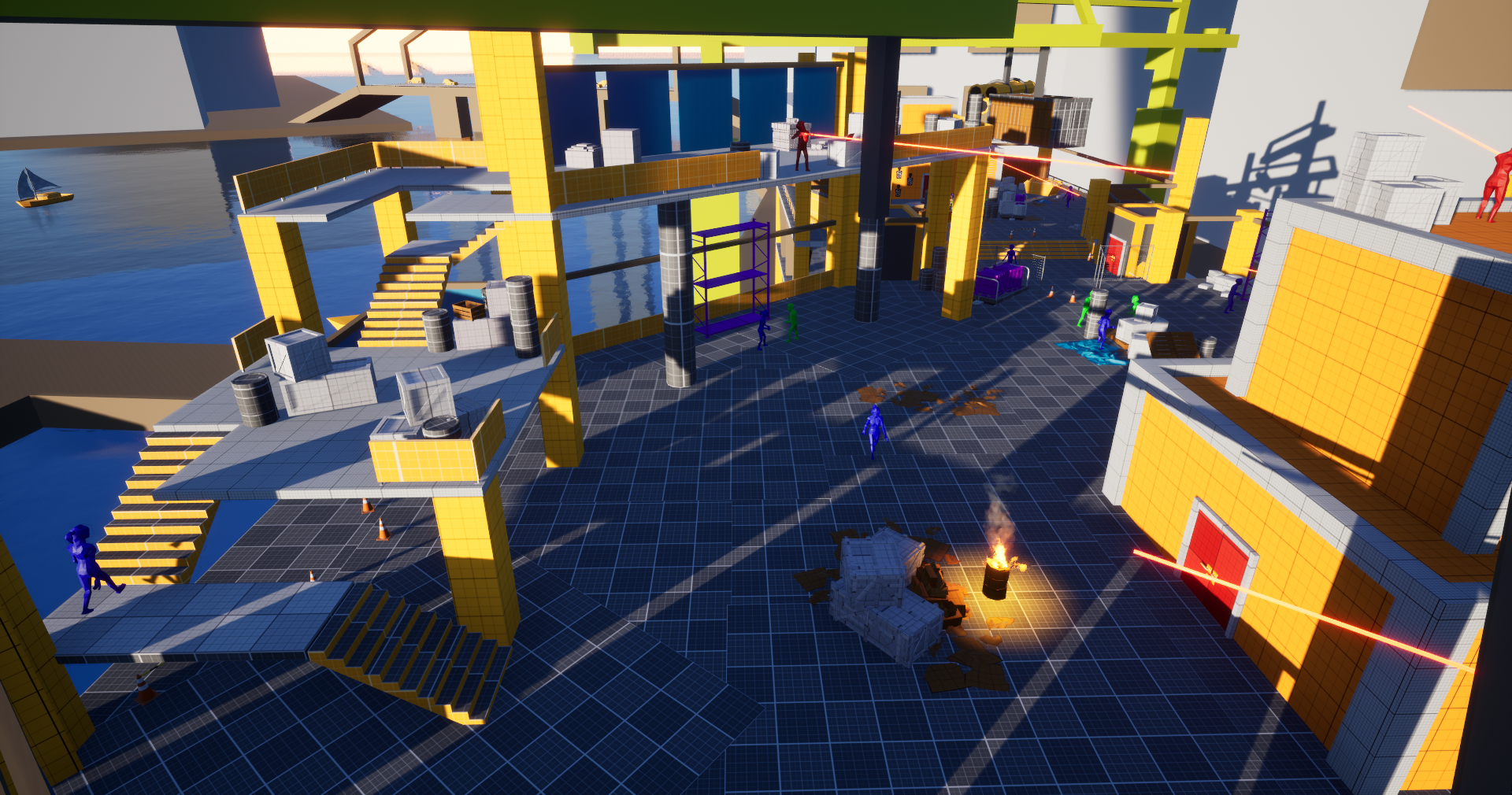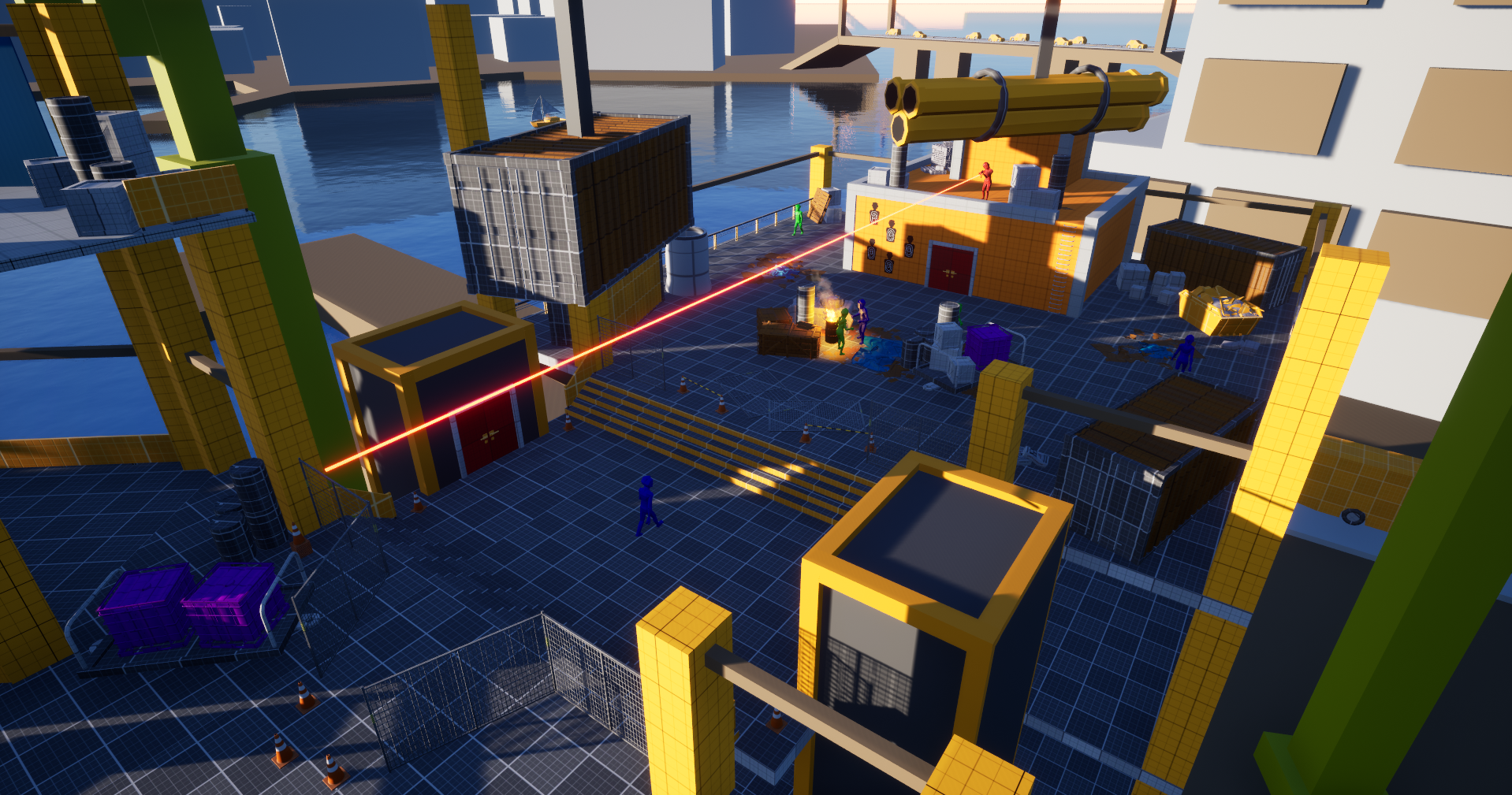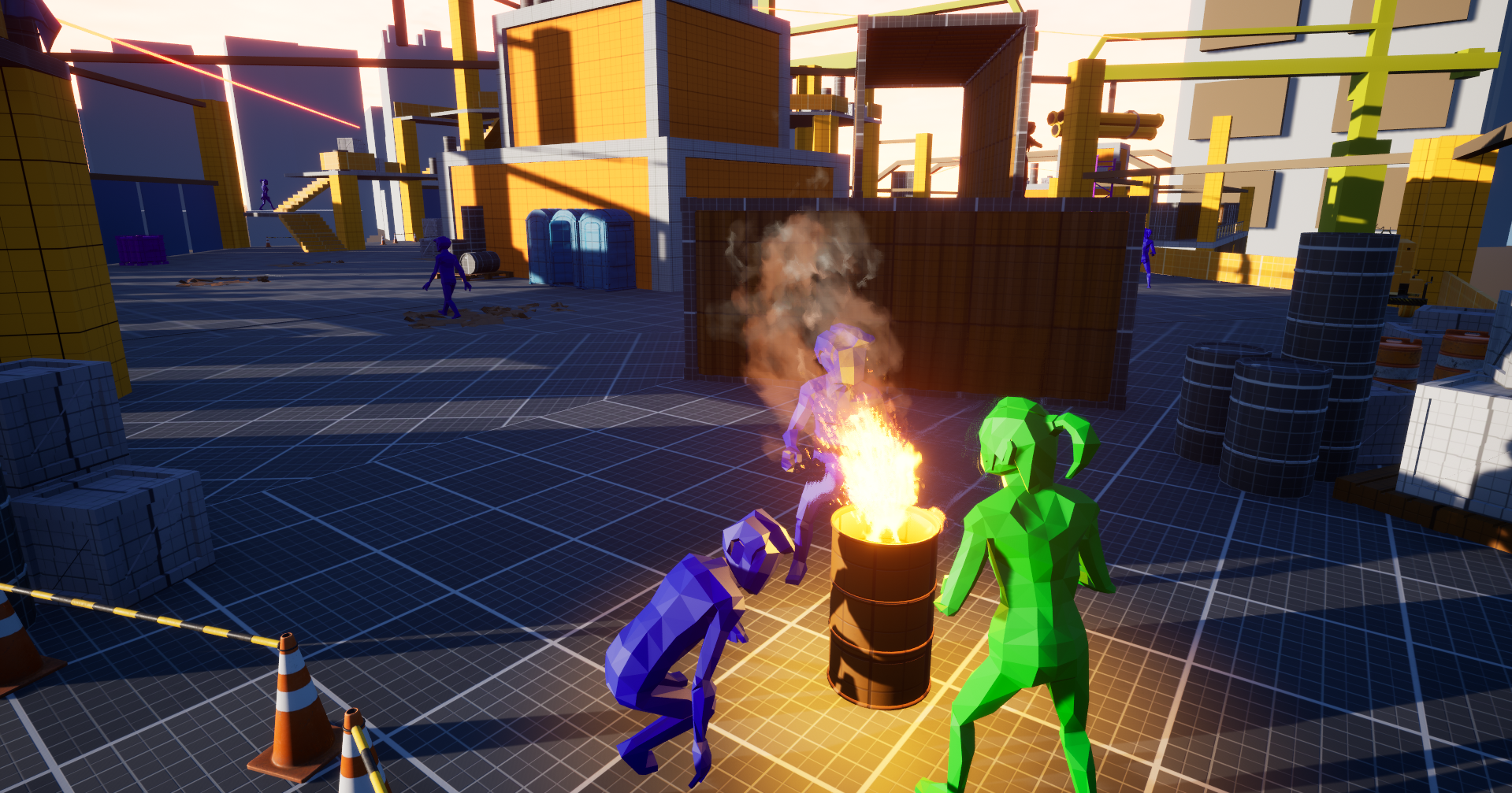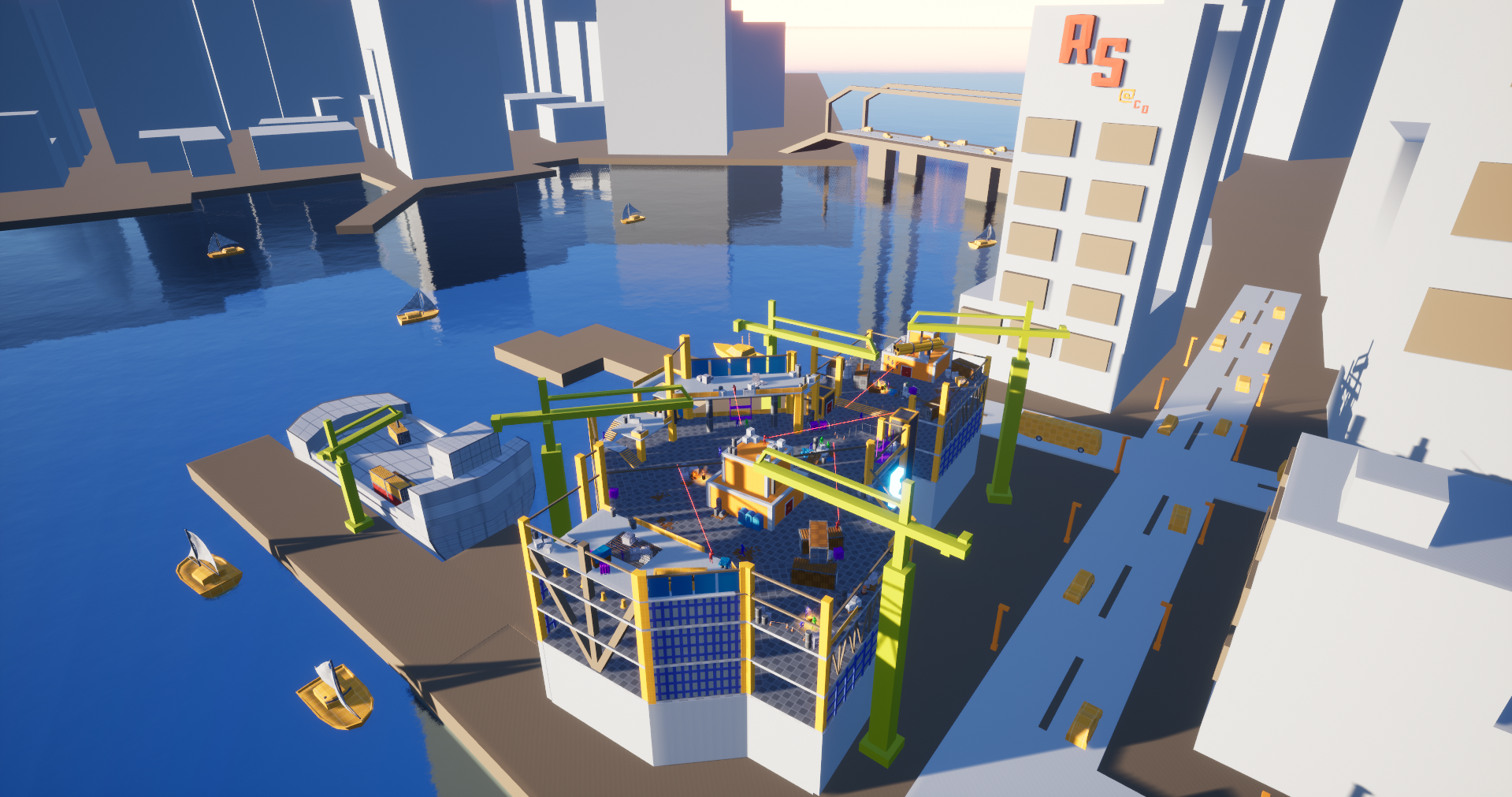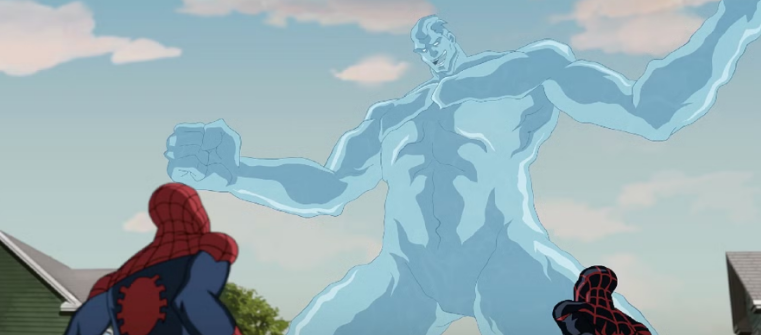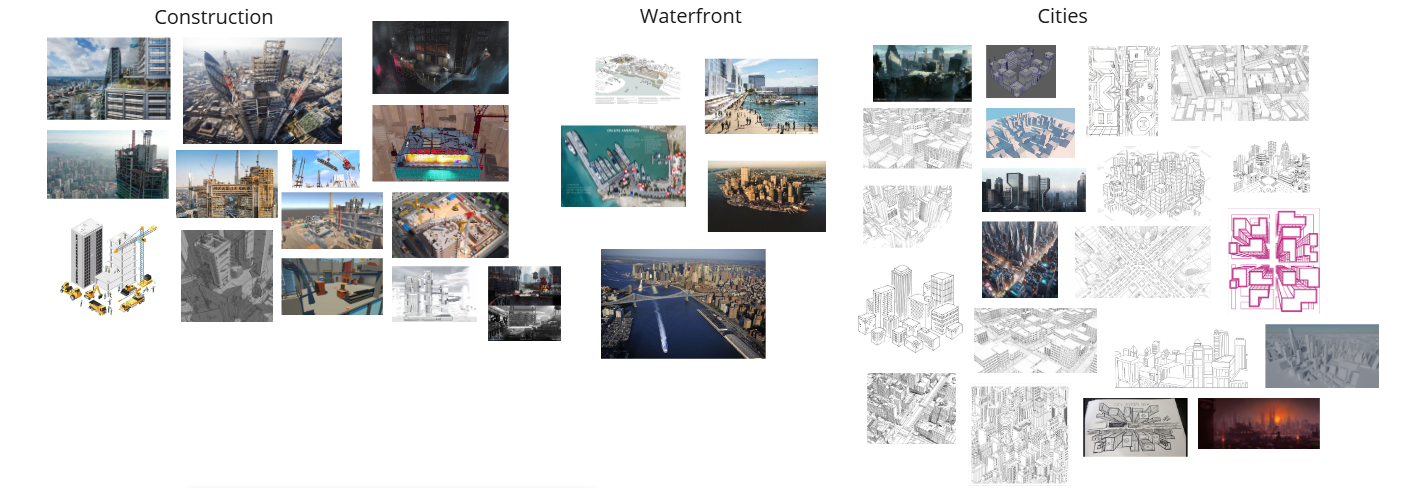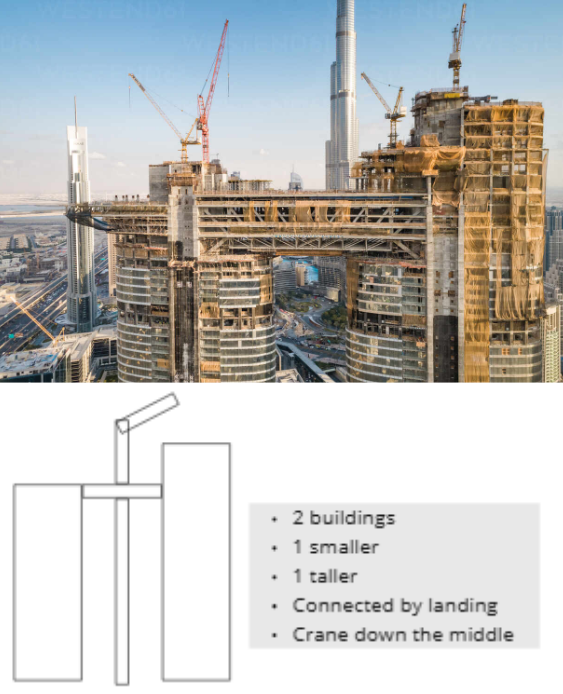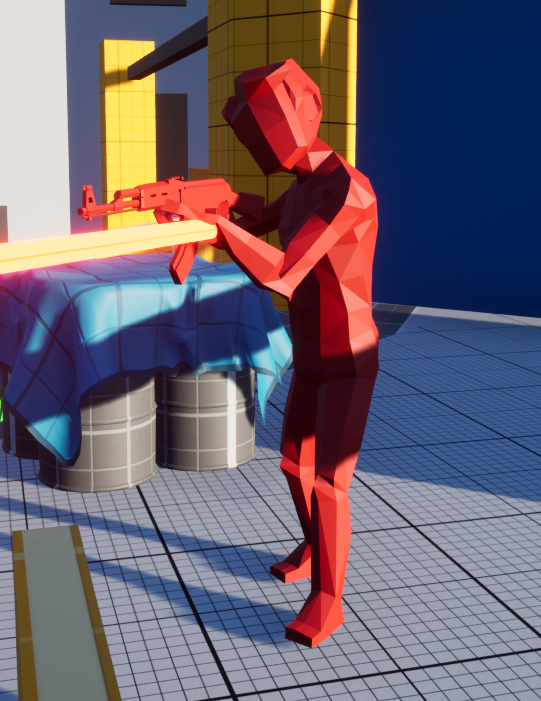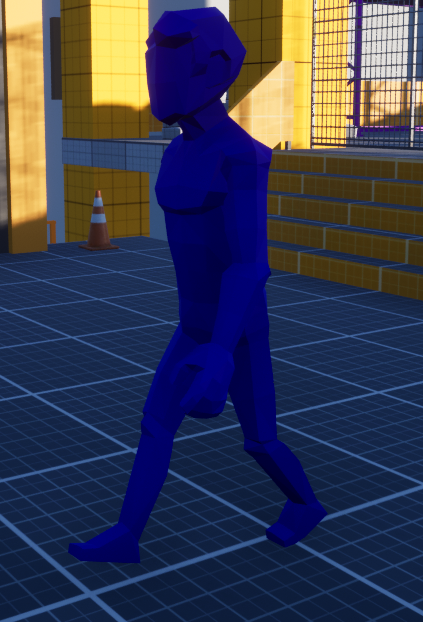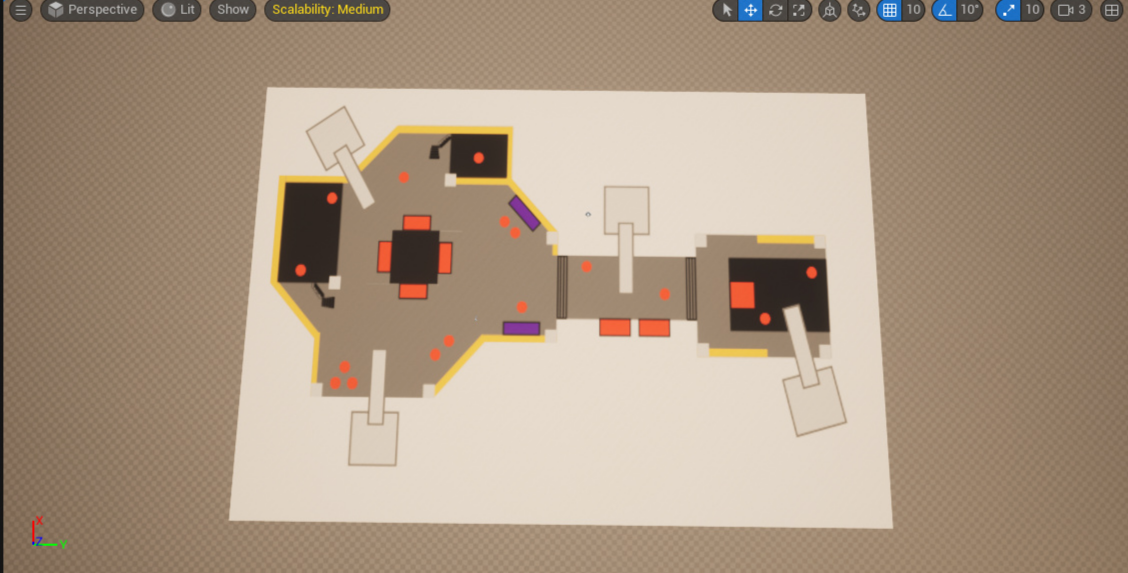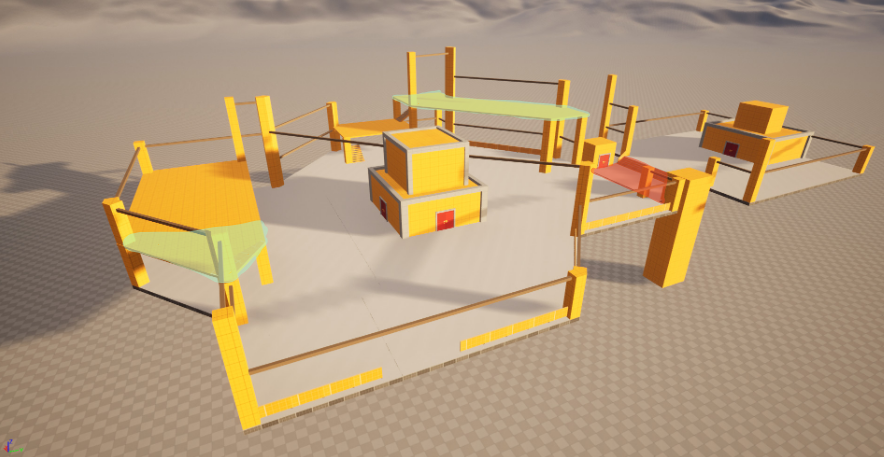Introduction
After completing Marvel’s Spider-Man 2 on PC, I was inspired to challenge myself by designing a combat-focused hideout level as a blockout. One thing that stood out to me during my playthrough was how the level design evolved from the first game—spaces felt larger, more layered, and offered greater traversal, stealth, and combat opportunities. I wanted to explore this design direction further by creating a space that not only embraced the verticality and dynamic movement Spider-Man is known for, but also felt purposeful within a broader narrative context. My goal was to blend thoughtful pacing, spatial readability, and engaging combat flow while staying true to the tone and mechanics of the Spider-Man universe.
Development Information:
Level: New York City
Genre: Action-adventure game
Engine: Unreal 5
Development Time: 2 weeks
Used:
Blocking starter pack
PolygonPrototype
Good Sky
Construction_VOL 1 & 2
IndustryPropsPack6
Vefects (Fire)
Overview
Synopsis
Spider-Man is tasked to investigate a hideout that is being used for experimental water tech and set a trap that will help him in a later mission. This is an elemental storyline that I thought of that could carry on from Sandman at the start of the game.
Process
Pre-production
Location: New York waterfront.
Why? For my Spider-Man hideout combat space, I chose New York’s waterfront as the setting because it can be visually dynamic. The waterfront offers a natural blend of industrial structures, verticality, and an open space, perfect for showcasing Spider-Man’s acrobatic combat style and web-swinging movement.
The choice also ties into a broader elemental narrative I’m developing, with water representing a key thematic layer, symbolizing both an environmental threat and an opportunity for creative gameplay mechanics. This setting allows me to blend familiar Spider-Man lore with my storytelling direction, anchoring the level in authenticity while pushing it in a fresh, thematic direction.
pacing
The pacing of this level is designed to support a steady build-up of tension and player engagement, starting with a brief narrative setup where Spider-Man receives the mission details and objective. This leads into a slower-paced surveillance and scouting phase, giving players time to observe enemy patterns and explore potential stealth routes.
The tempo then shifts as Spider-Man infiltrates the hideout using stealth, allowing for quiet takedowns and tactical movement.
This escalates into full combat, where the player can unleash Spider-Man’s full arsenal in a dynamic fight sequence.
The level concludes with a breather moment as Spider-Man plants a trap, laying the groundwork for a future encounter in the ongoing elemental storyline, which continues the arc introduced with Sandman.
This was my main reference (right), and this was my first initial idea: wanting to have 2 buildings, one larger and one taller, disconnected but connected by a landing with a crane down the middle.
2D
I started by collecting references of construction sites and other various areas such as waterfronts and cities. This allowed me to gauge and grasp what I am building.
I then built upon this idea with a first 2D plan of what the level may look like and gauging the space I was going to build.
I later built upon this, furthering my idea and showing more detail of how Spider-Man could traverse the level and where enemies and environmental hazards could be.
These are 2 other layouts that were also designed; however, they didn't make the final cut.
Enemies
Sniper
Gunman
Melee
Blockout phase
I started my blockout by building upon my 2D plan, making sure it seemed like the correct size with the character controller.
I then decided to add all the basic geometry for player traversal and feel. Whilst in this process, there were several changes made.
From building the first initial space, the space seemed quite flat and boring, and it needed another bit of verticality to seal not just the feel, however, but also more gameplay aspects when placing sniper enemies later on, so I extended the left verticality floor and completely built another floor into the space on the right, which both followed the natural line of the building already. (Highlighted in green)
Made the distance between the 2 separated areas smaller. From 2D to 3D, the space felt too disconnected and needed to be shortened to feel like the gameplay space was one place rather than two. Also, the 2 spawn closets in the middle, instead of being on the same side, got one on each side instead. My idea was that the player could have a feel-good moment from a combat perspective while being surrounded on both sides. (Highlighted in red)
My workflow when working on this was Basic blockout -> Drawover/playtest -> refined blockout -> Drawover/playtest -> (Rinse repeat) -> Advanced blockout.
Screenshots


